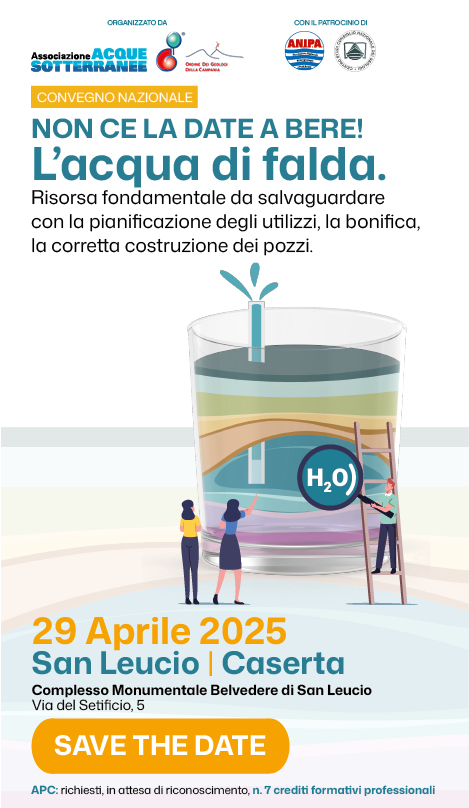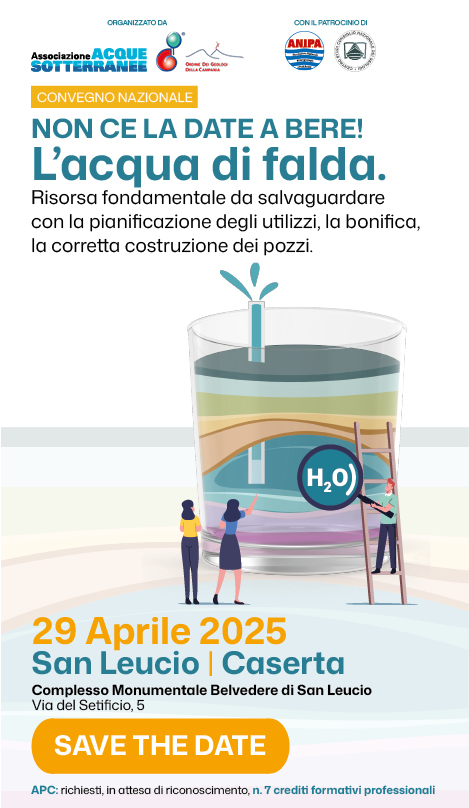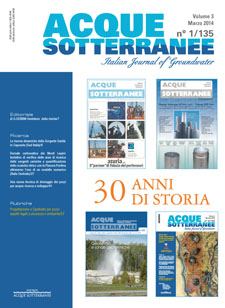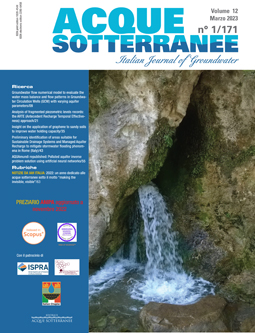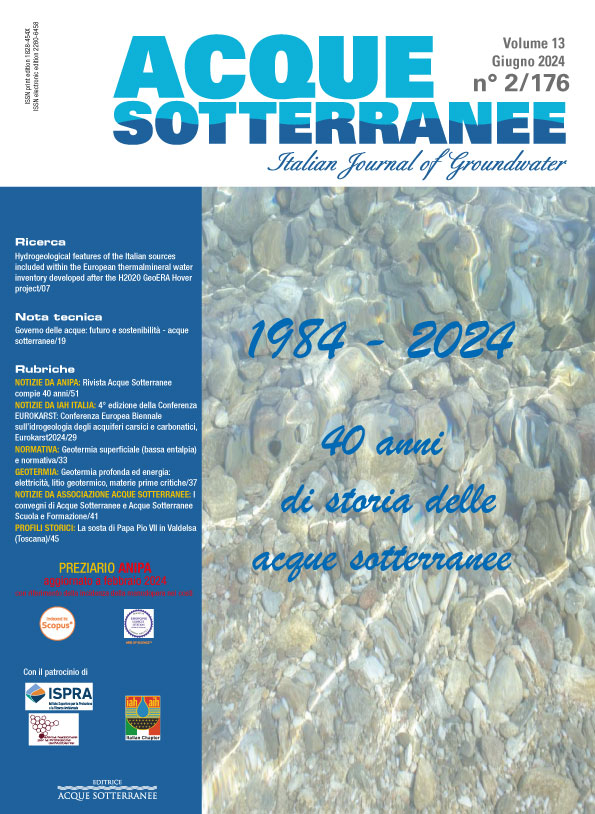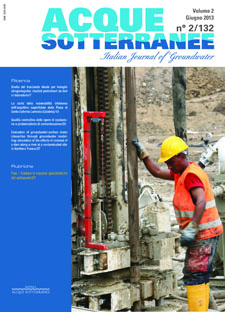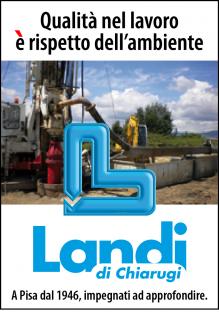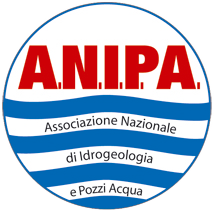Hydrogeology and hydrochemistry of the aquifer system of Wadi An Numan, Makkah Al Mukarramah, Saudi Arabia (Am03027)
The present study mainly deals with the hydrogeological and hydrochemical characteristics of the Wadi An Numan aquifer system in order to delineate the suitability of groundwater for municipal,agriculture and/or industrial usage.The study area is situated in the western part of the Arabian Shield.Except with the Quaternary surficial deposits in the Wadi An Numan basin, the study area is covered mainly by late Precambrian plutonic rocks and minor amount (ca. 10%) of layered metavolcanicmetasedimentary rocks. The thickness of the Quaternary sedimentary fills composed of conglomerates, sandstones and mudstones in Wadi An Numan basin range from 3 to15 m in upstream areas to more than 50 m in the downstream. The highly weathered and fractured igneous and metamorphic bedrocks of An Numan basin are the ideal host for groundwater preservation.There is a positive correlation between the SO4 and Ca which indicate gypsum dissolution. Also, there is systematic change in the major ions within the length of flow along the main channel. The ions distribution maps show that the major constituents show increases in the downstream direction. The groundwater salinity is relatively low with EC measurements varied between 542 and 5400 μS/cm with an average of about 1539 μS/cm. Calcium-Chloride is the major water type in An Numan basin. Evaporation, recycling of irrigation water and chemical weathering reactions of silicate minerals are the dominant processes affecting the groundwater’s chemical composition. The groundwater in the study area seems to be suitable for irrigation when compared with FAO quality criteria. The calculated values of SAR, Na (ppm), RSC, and Magnesium hazard indicate well to permissible use of groundwater for this aim.

